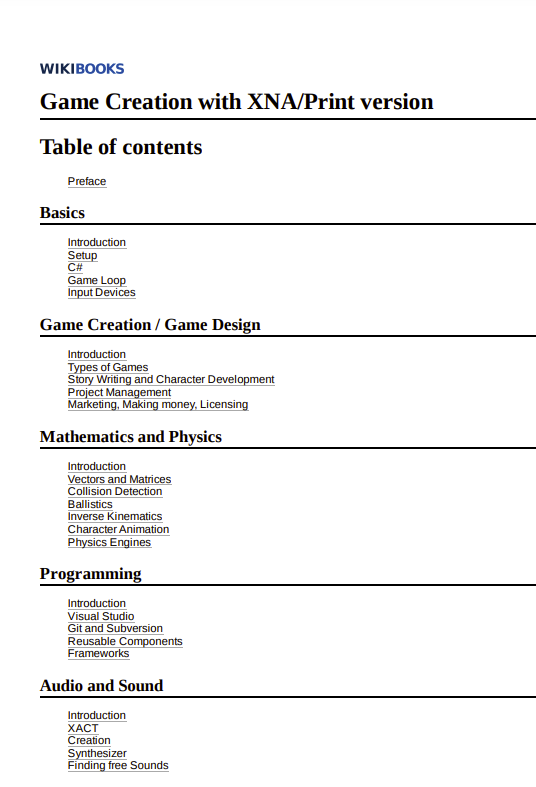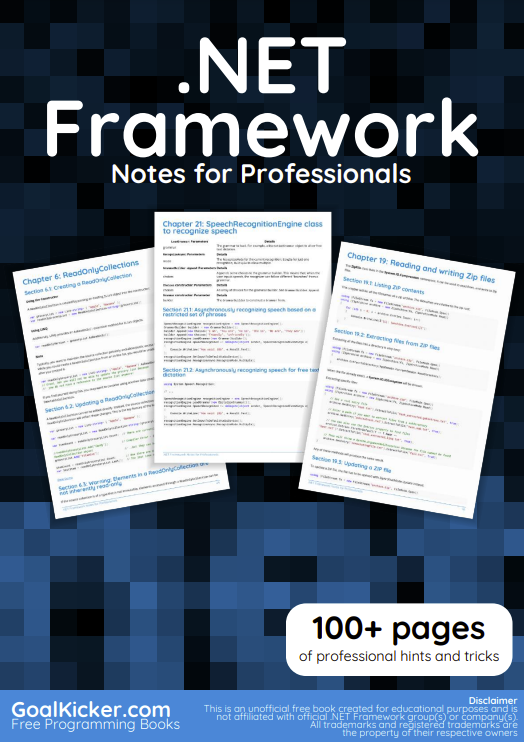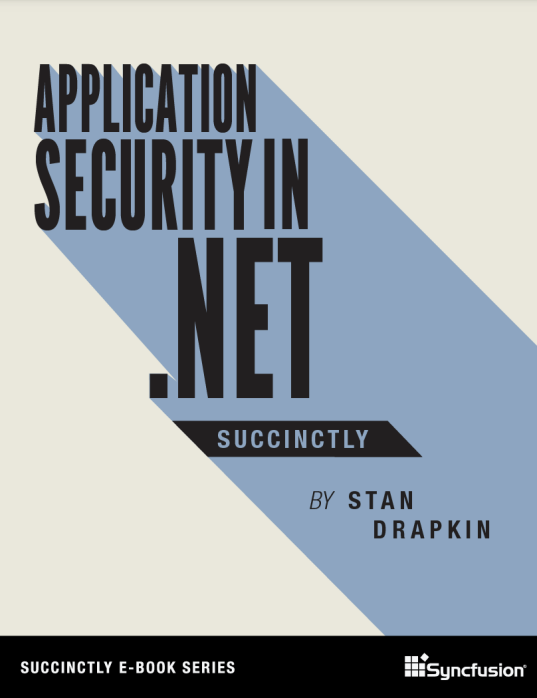I still remember the days when I got my hands on my first copy of Visual Studio. Back then, it was sold together with a pair of books, one of which was a straight printout of MSDN documentation. The technology of choice was, of course, C++ together with Microsoft Foundation Classes (MFC). Feature-wise, Visual Studio back then was nothing more than a combination of a text editor with some syntax highlighting and IntelliSense (Microsoft’s term for what we typically call code completion), together with an integrated compiler and debugger.
Back then, Visual Studio ran perfectly fine on a machine with 16MB (that’s megabytes) of RAM. While it is not my intention to walk down the memory lane of Visual Studio releases, I am currently using Visual Studio 2017 on a laptop with 16 gigabytes of RAM, precisely 1,000 times more than we had back in the days of Visual Studio 1997. Ironically, Visual Studio today feels a lot more sluggish than it did 20 years ago.
How has it come to this? I would argue that this happened due to a lack of competition. True, Visual Studio did have competitors of sorts in the .NET space (SharpDevelop and MonoDevelop), but they were always enthusiast-grade and, as with many open-source projects, did not receive enough attention to become viable alternatives. It also didn’t help that, at the time, Microsoft was the ultimate gatekeeper of all things related to both .NET and the C# programming language, not to mention the support for various Microsoft-specific technologies. To an extent, this is still the case: if you want to work with a Microsoft-centric tech stack (such as SharePoint, Dynamics or BizTalk), you would still most likely use Visual Studio.
JetBrains Rider, the subject of this book, is the first competitor to Visual Studio that has a chance to displace the hegemony. And as such, it’s worth paying attention to, because the amount of value it brings over what Visual Studio offers—both in terms of coding features as well as the overall platform—is, in my opinion, sufficient for it to become the primary .NET IDE in the near future.
What’s in this book
This book covers the core features of Rider, the .NET-centric IDE made by JetBrains. I focus on the IDE’s support for the C# language (I hope you will forgive me for omitting Visual Basic and F#—they are also supported, of course) as well as other languages (XAML, web languages, etc.) and technologies (such as WPF and ASP.NET). In actual fact, since Rider is itself a blend of two distinct technologies (the IntelliJ platform and ReSharper), we are going to discuss both the features offered by the platform (such as source control capabilities) as well as the core editing experiences supported by the editor (including code completion, navigation, and a wealth of other functionality).











